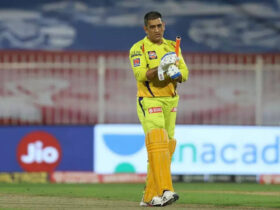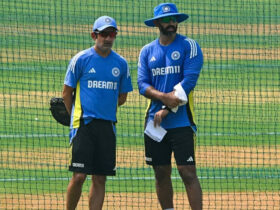During the IPL 2025 clash between Punjab Kings and Chennai Super Kings on Tuesday, Chennai Super Kings (CSK) executed a tactical masterstroke by retiring out their opener, Devon Conway. Batting on a brisk 69 off 49 balls, Conway left the crease in the 18th over, making way for Ravindra Jadeja. At that juncture, CSK needed a daunting 49 runs from just 13 balls to chase down a target of 220. Despite the strategic move, CSK fell short, losing by 18 runs.
This was the second instance in the IPL 2025 season where a team opted for the ‘retired out’ strategy, following Mumbai Indians’ earlier decision to retire out Tilak Varma against Lucknow Super Giants. But what exactly does ‘retired out’ mean, and how does it differ from the more familiar term ‘retired hurt’?
In cricket, a batter who leaves the field due to injury or illness is classified as retired hurt (also known as retired – not out). Importantly, they retain the right to return to the crease later in the innings if they recover and their team hasn’t been dismissed. Statistically, they are not considered out, and their innings continues upon their return.
Conversely, retired out is a strategic decision where the batter voluntarily exits the field, not due to injury, and is barred from returning to bat. This move is akin to a self-declared dismissal, aimed at introducing a new batter better suited to the prevailing match conditions.
While such tactical maneuvers are rare, they are increasingly capturing the attention of fans and analysts alike, adding a fascinating layer to T20 cricket strategy. These decisions compel a reevaluation of the term ‘retired’ in the cricketing lexicon, showcasing the evolving nature of the game.





















